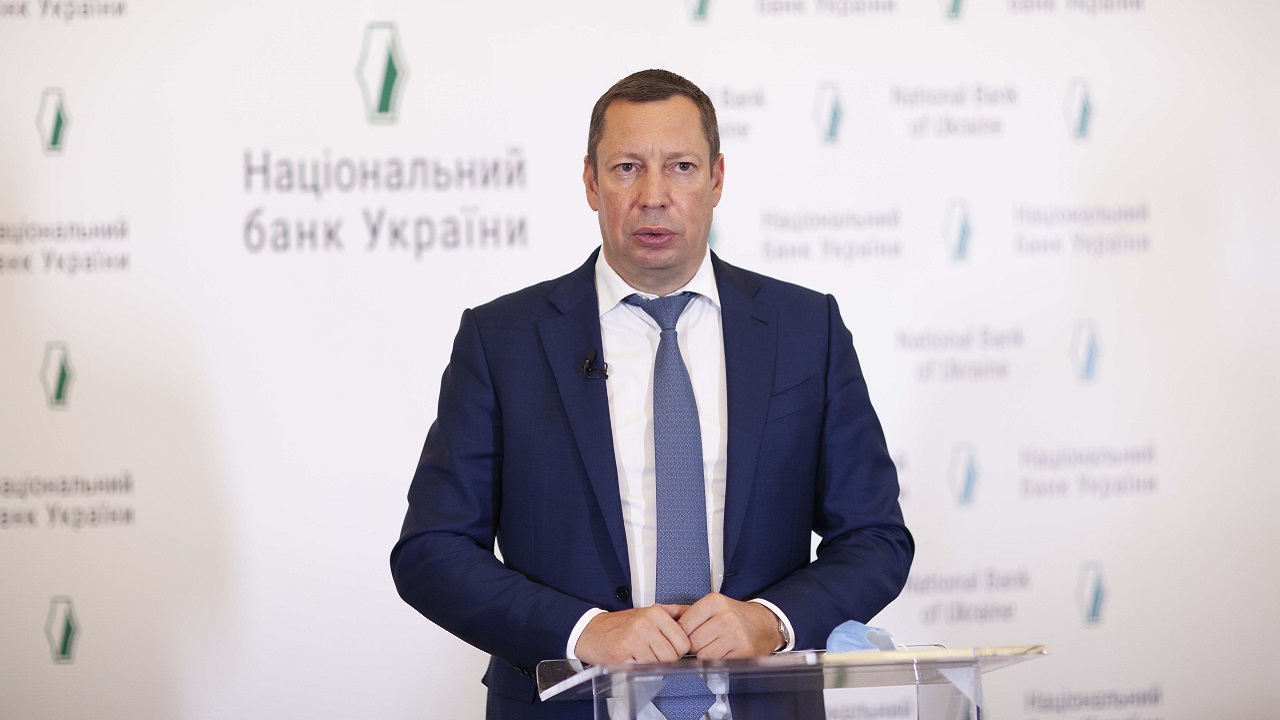Dear colleagues,
Please be informed that the Board of the National Bank of Ukraine has decided to keep its key policy rate unchanged, at 6% per annum. The NBU continues to deliver on its commitment to reach the inflation target. Further on, the central bank will aim its monetary policy at striking the right balance between responding to inflation risks and supporting economic recovery.
How did prices change in 2020?
During most of last year, inflation was below the 5% ± 1 pp target range. Falling global energy prices, as well as declining demand for non-staple goods and services, restrained price growth during the pandemic.
Inflation increased as expected at the end of the year due to the global economy recovery, the strengthening of domestic consumer demand, and increases in prices for energy and certain foods.
As a result, inflation in December returned to the target range and reached the midpoint of 5%.
What will be the future inflation rate?
According to the NBU’s estimates, inflation will continue to accelerate. Consumer inflation will reach 7% as of year-end 2021. It will deviate from the target range of 5+-1 pp, but will return to the target range in H1 2022. The NBU expects inflation to hover around the medium-term target of 5% in 2022–2023.
First, faster price growth in H1 2021 will be due to strong consumer demand, higher energy prices, and last year’s lower harvests. Second, businesses will face higher production costs, in particular labor costs. Third, administered prices will continue to grow rapidly due to increases in electricity rates and excise taxes on tobacco products.
The impact of pro-inflationary factors will weaken. This will reverse the inflation trend. In particular, food price inflation will decelerate thanks to an increase in supply of newly-harvested agricultural products. In addition, the effect of low comparison base will vanish for some goods at the end of the year.
The NBU’s monetary policy will also be aimed at reducing underlying pressures put on prices by robust consumer demand and at improving inflation expectations.
What will be the overall state of the Ukrainian economy?
The NBU estimates Ukraine’s GDP declined by 4.4% in 2020. The decline was less than expected in the previous forecast, particularly because of the faster economic recovery in H2.
In 2021, the economy will almost recover from the losses inflicted by the coronavirus crisis: Ukraine’s GDP will rise by 4.2%. This will be due to several factors:
- First, further increases in real household income will support strong domestic demand.
- Second, lower uncertainty about the course of the pandemic will impact a recovery in investment activity.
In 2022–2023, the Ukrainian economy will continue to grow steadily, at around 4%.
The surplus of Ukraine’s current account is expected to hit one of its record-high levels, reaching 4.8% of GDP. However, the current account will go into deficit again in 2021–2023.
Although the prices of, and external demand for, Ukraine’s main exports will remain reasonably high, terms of trade will deteriorate due to rising energy prices. The economic recovery will be accompanied by a gradual increase in investment imports. Consumer imports will continue to rise steadily, driven by the expected increase in household income.
Under what conditions would this forecast be realized?
The primary assumption of the NBU Board is that Ukraine will continue to cooperate with the IMF.
The Board expects that Ukraine will receive IMF financing under the current Stand-by Arrangement, as well as official financing from the EU, the World Bank, and other international partners. These funds will enable the country to finance a significant portion of the budget in 2021.
Cooperation with the IMF also remains an important signal for international investors. It will noticeably ease the government’s access to the international markets, while also decreasing the cost of planned borrowing.
Financing by the IMF and other partners will enable Ukraine to maintain its international reserves at about USD 30 billion, despite making large repayments of external debt.
The main risks to this macroeconomic forecast are a rise in coronavirus cases both in Ukraine and globally, and a large inflow of foreign debt.
Worldwide vaccination is reducing the risk of repeated lockdowns. However, there is a possibility of local quarantines, which will have negative consequences for economic activity.
That said, global extremely loose monetary conditions and the optimism about vaccinations have significantly boosted the interest of foreign investors in emerging markets, including Ukraine. Large capital inflows could lower inflationary pressures through the exchange rate channel.
Other risks also remain significant. They include:
- an escalation of the military conflict in eastern Ukraine or on the country’s borders,
- higher inflationary pressures arising from trading partners
- higher volatility of global food prices.
Taking into account all of the above, the NBU Board decided to keep the key policy rate unchanged.
How does the NBU intend to change the key policy rate in future?
The NBU takes into account the worsening of inflation expectations that occurred in late 2020, as well as stronger underlying pressures on prices arising from consumer demand.
If the impact of these factors continues to increase and is not offset by other factors, such as a large capital inflow, the NBU stands ready to raise its key policy rate. This will enable the central bank to curb the rise in inflation in 2021 and bring inflation back to its target in 2022.
Thank you for your attention!


